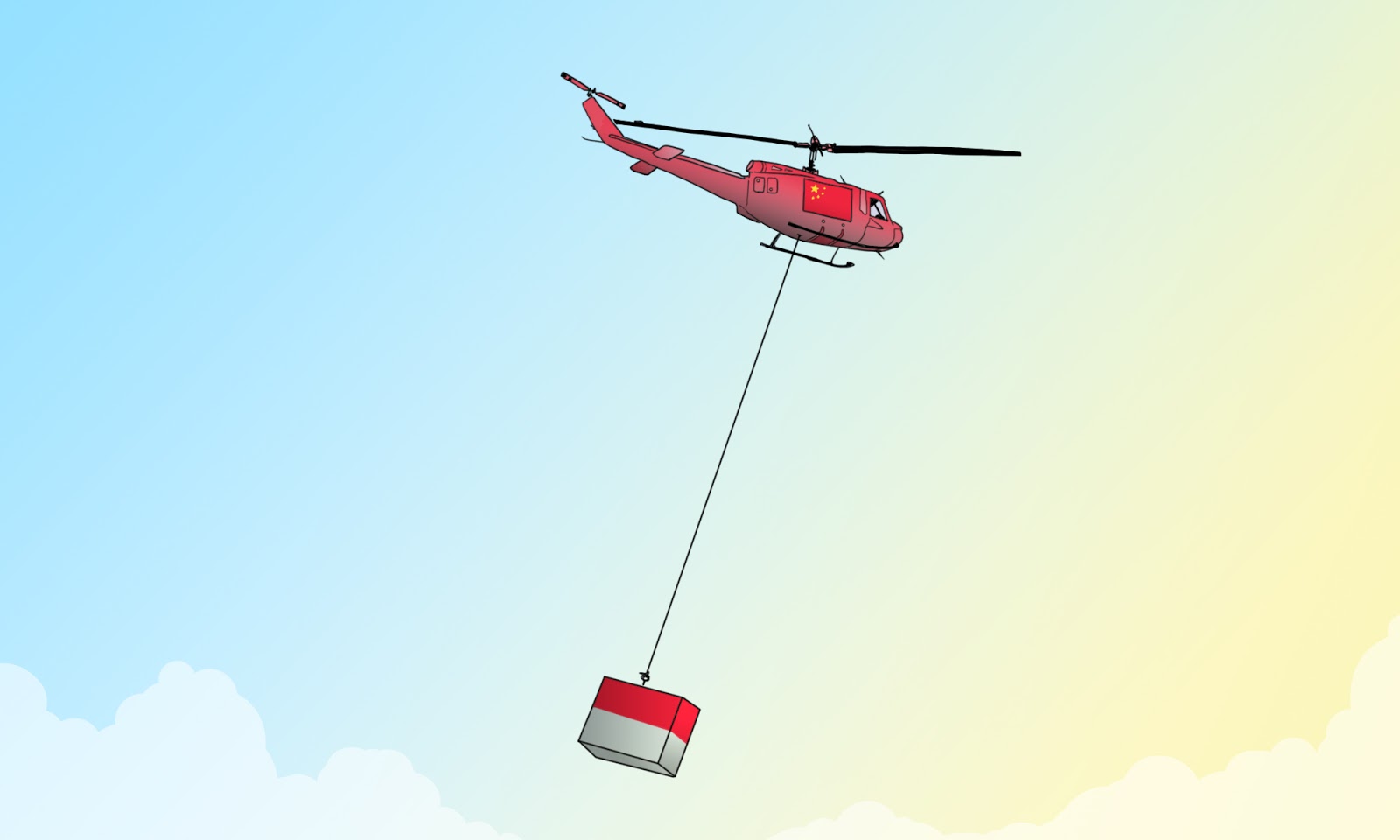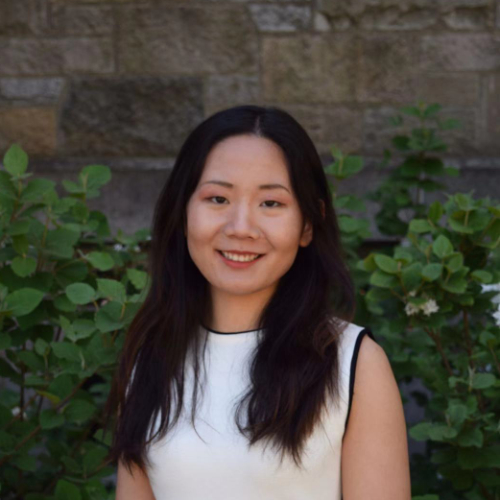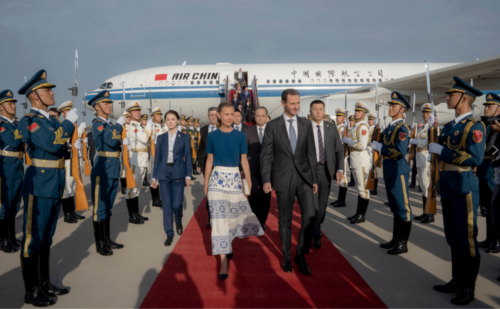
Western countries have begun rollouts of vaccines from firms like Pfizer and Moderna. But from Latin America to Southeast Asia and the Middle East, leaders hope that Chinese companies like Sinovac Biotech and Sinopharm hold the key to curbing COVID-19.
On a rainy Sunday night on December 6, a plane with 1.2 million doses of CoronaVac vaccines, developed by China’s Sinovac Biotech, landed in Jakarta’s Soekarno-Hatta Airport. Upon arrival, the vaccines were transported to the state drugmaker Bio Farma’s facilities and are awaiting the country’s drug regulator’s approval for mass distribution.
“We are very grateful, thank God, the vaccine is now available so that we can immediately curb the spread of the COVID-19 disease,” Indonesian President Joko Widodo said.
As the first Southeast Asia country to receive delivery of COVID-19 vaccines, Indonesia is expecting a second shipment of 1.8 million doses of the same Chinese vaccines in January and plans to inoculate its young working-age population first.
Two days later, a spokesperson from Sinovac Biotech said that in a final-stage clinical trial in Indonesia, CoronaVac created antibodies among 97% of those who got the shot. However, the company later said the final efficacy rate will only come out in January.
How effective are Chinese vaccines?
While Western vaccine makers have released public data on the efficacy and safety of their vaccines in Phase 3 trials, there has been limited transparency for data on the effects of Chinese vaccines. The most comprehensive data release so far, published last month by SinoVac Biotech researchers in The Lancet medical journal, was only for small early clinical trials (Phase 1 and 2), not large-scale Phase 3 trials.
Last week, the United Arab Emirates (UAE) released an interim analysis of the clinical trial Phase 3, which hinted at promising results for another of China’s vaccines, made by China National Biotech Group (CNBG), or Sinopharm. That preliminary data indicated the vaccine had 86% efficacy in preventing recipients from developing COVID-19.
Dr. Melvin Sanicas, a vaccinologist based in Zurich, said that the “86% efficacy against COVID-19 infection” stated by UAE’s Ministry of Health and Prevention is significant.
“A lot of people are confused about infection and disease, so they’re concerned that it’s just 86%,” Sanicas said. “But actually, it’s really very good.”
“A lot of people are confused about infection and disease, so they’re concerned that it’s just 86%. But actually, it’s really very good.” —Dr. Melvin Sanicas, on interim analysis of the efficacy of Sinopharm’s COVID-19 vaccine.
Sanicas explained that vaccine efficacy against infection and disease are both helpful in curbing the spread of the virus. Unlike Pfizer’s vaccine, which has mainly been assessed for its ability to prevent symptoms, the Sinopharm vaccine has shown an 86% effectiveness rate in preventing people who received it from contracting the coronavirus. Moderna released further data this week that asymptomatic infection was reduced by 63% after the first shot, but more data is needed to verify this and compare it with other vaccine candidates.
It is important to note, Sanicas said, that none of the 31,000 volunteers from 125 nationalities who participated in the UAE trial for Sinopharm showed symptoms of the disease, indicating a 100% effectiveness in preventing moderate and severe cases of COVID-19.
China’s many vaccine candidates
China currently has five vaccines in Phase 3 clinical trials. Due to the low coronavirus case number in the country, Chinese vaccine companies have been conducting clinical trials outside the country.
Sinopharm, which has two vaccines developed by partner companies in Beijing and Wuhan, has Phase 3 trials in Argentina, Bahrain, Egypt, Jordan, Morocco, Pakistan, Peru, and the UAE. Both use an inactivated SARS-CoV-2 — a weakened form of the virus that causes COVID-19 — to develop the shots, a technique that has been proved effective in the past, Sanicas explained. Sinopharm has not publicly differentiated the two vaccines or their respective stages of development.
The third vaccine, Sinovac Biotech’s CoronaVac, uses the same inactivated vaccine technology and is another Chinese vaccine that has appeared often in Western news media. It has ongoing Phase 3 trials in Brazil, Chile, Indonesia, Turkey, and the Philippines.
A fourth vaccine that’s in Phase 3 trials was co-developed by CanSino Biologics and a military research institute. Similar to shots developed by Johnson & Johnson and AstraZeneca, it uses a viral-vector technology, which takes a modified virus — proteins found on the surface of the coronavirus — to infect cells to make large amounts of antigens and trigger an immune response. Mexico, Pakistan, Russia, and Saudi Arabia are among the countries that are testing CanSino’s vaccine.
In addition to the four vaccines that are most known outside of China, shots developed by Anhui Zhifei Longcom Biopharmaceutical and Shenzhen Kangtai Biological Products are both in the running. The former recently started Phase 3 trials. The latter became the exclusive manufacturer in mainland China for AstraZeneca, while its own vaccine is still early in the testing process.
A key difference between the leading Chinese vaccine candidates and their Western counterparts is that Moderna and Pfizer both use a new mRNA technology for their vaccines. While this technology appears to be highly effective, mRNA is unstable and needs to be stored at extra cold temperatures (Pfizer’s vaccine requires storage in specialized equipment at -70°C / -94°F; Moderna’s vaccine needs to be kept at -20°C / -4°F, closer to typical freezer temperature), meaning the storage and transportation of such vaccines will be difficult for many countries. In comparison, the Sinopharm and Sinovac Biotech vaccines can be stored in regular refrigerators, and can be easily and economically transported.
Will China’s vaccine diplomacy work?
Ever since China became the country that first saw an outbreak of COVID-19 and struggled to contain its spread, it has engaged in aggressive public relations campaigns to make up for its damaged image.
On October 9, China joined COVAX, a global initiative backed by the World Health Organization to ensure fair distribution of vaccines. Compared with the Trump administration’s “America first” approach, China has declared that its vaccines would be for the “global public good.” It signals a continuation of what started as China’s mask diplomacy in late February, when the epicenter of the coronavirus outbreak started shifting from China to the rest of the world. Beijing’s outward donations of masks, PPE (personal protective equipment), and relevant medical supplies were reactive to outbreaks around the globe, starting with Japan and South Korea, and later moving toward Italy, France, and then Africa and the Americas.
However, concerns remain. Parsifal D’Sola Alvarado, Director of the China Latin America Research Center of the Andres Bello Foundation, said that China’s medical donation needs to be taken “with a grain of salt,” as it can be seen as an effort to counter negative narratives regarding China’s handling of the virus at the beginning stage of the pandemic. Nonetheless, as opposed to the hard cash provided by the U.S., China’s donation of medical materials and equipment have been better received by Latin American countries.
“It will have longer-lasting effects,” Alvarado said.
“…at least in political elite circles in Latin America, they’re mostly focused on controlling the coronavirus. There will be no preference for where the vaccines come from.” —Parsifal D’Sola Alvarado, Director of the China Latin America Research Center of the Andres Bello Foundation.
Moreover, there are questions regarding the safety of the vaccines. In November, a Sinovac vaccine trial in Brazil was briefly suspended. The same company had also been accused of bribing China’s drug regulators for vaccine approvals years ago (although there was no evidence that any of the vaccines involved in the court cases were faulty). Due to the limited information disclosed about the trial in the UAE, some also question the rigor of the analysis of the clinical trial data.
Suspicion that China will use vaccine access for quid pro quo also exists. In Southeast Asia, due to countries’ dependency on China for COVID-19 vaccines, they are carefully managing relations with Beijing. In the case of the Philippines, with the second-highest number of COVID-19 infections in the region since the pandemic started, President Rodrigo Duterte has avoided provoking Beijing. In October, Malaysia released 60 captured Chinese fishermen shortly after gaining priority access to Chinese vaccines.
Still, countries around the world are entering into vaccine trials and signing supply deals with Chinese companies.
Turkey has pre-ordered 50 million doses of the same vaccine. China’s vaccine has drawn demand across Latin America. Brazil has received more than 1 million doses of the Sinovac Biotech vaccine. The UAE and Bahrain have both recently approved the Sinopharm vaccine, which both small Arab nations plan to use to inoculate their populations.
David Adelman, a former U.S. ambassador to Singapore, said that Chinese vaccines are a part of China’s soft power. “The ability to deliver medicines and vaccines are humanitarian aid and relief,” he said. And just like the delivery of vaccines developed by American companies is to the benefit of the U.S., “if China’s successful in supplying medicines to those in need, it will increase its goodwill in the region,” he said.
“I agree that China will use this as a foreign policy tool to paint [China in] a positive light in the eyes of the local community,” Alvarado said. The matter with vaccines has been intertwined with politics, especially in the case of Brazil. “But at least in political elite circles in Latin America, they’re mostly focused on controlling the coronavirus. There will be no preference for where the vaccines come from.”
However, as a matter of what is practical, “China will be one of the primary manufacturers of the vaccine that will reach the region,” he added. “Because there’s simply no comparison in terms of production capacity.”
China’s manufacturing capability will also make its vaccines cheaper than others, Sanicas added, stating that the Western vaccines would go to “the richer countries.” Yet for other countries? “You have to wait for Pfizer and Moderna to create enough doses. But if you cannot wait, then you get the Chinese vaccine.”






